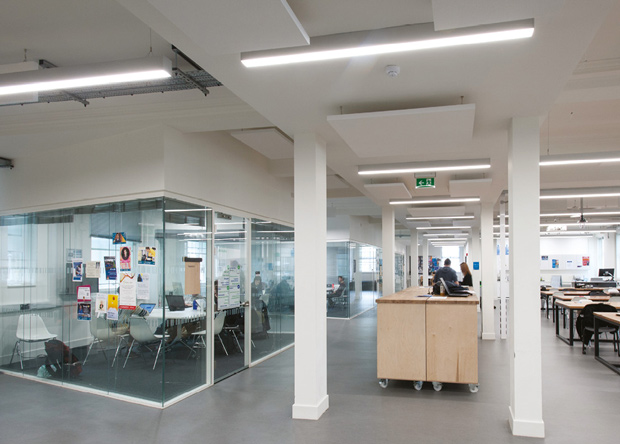 Paul Jones, Sales Director for UK & Ireland at lighting controls specialist B.E.G. explains why facilities managers should prioritise installing lighting controls this winter
Paul Jones, Sales Director for UK & Ireland at lighting controls specialist B.E.G. explains why facilities managers should prioritise installing lighting controls this winter
As facilities managers prepare their buildings for another long British winter, the to-do list is already looking full: heating systems, insulation checks, reactive maintenance, energy budgeting – the list goes on. But one area that too often gets overlooked is lighting control and that can be a costly oversight.
Lighting may seem like a fixed utility – a necessity – but how it’s managed can have a major impact on both running costs and the wellbeing of everyone in the building. In fact, installing intelligent lighting controls is one of the most effective things facilities managers can do this season to make buildings more efficient, comfortable, and sustainable.
At B.E.G., we’ve been working with facilities teams across sectors – from education and healthcare to commercial and public buildings – for over 50 years. And time and again, the same truth emerges: lighting controls deliver immediate wins. They save energy. They lower bills. They improve the occupant experience. And they’re especially powerful in winter.
SMART CONTROLS
During the colder, darker months, lighting demand naturally increases. Days are shorter, skies are gloomier, and artificial lighting becomes essential – often for 10–12 hours a day. Without controls in place, lights are frequently left on in empty rooms, unoccupied corridors, and external spaces long after they’re needed. That’s money – and energy – slipping away hour by hour.
With smart controls, that waste stops. Presence detectors ensure lights only switch on when someone is in the room. Daylight sensors automatically dim artificial lighting when there’s sufficient natural light. Timers and astronomical clocks can align exterior lighting with actual sunrise and sunset, adjusting automatically as the season progresses. These systems aren’t theoretical – they’re proven. We’ve seen buildings reduce their lighting energy usage by up to 70 per cent just by implementing sensor-based controls.
The financial implications are significant, especially as energy costs remain volatile in the UK. For large sites – schools, office blocks, hospitals – this can translate into thousands of pounds saved every year, with a payback period of just a couple of years in many cases. With carbon reduction targets tightening, these savings aren’t just good for the budget – they’re essential for compliance and corporate responsibility.





